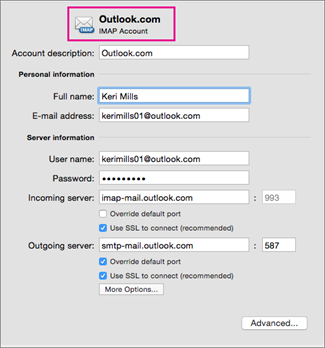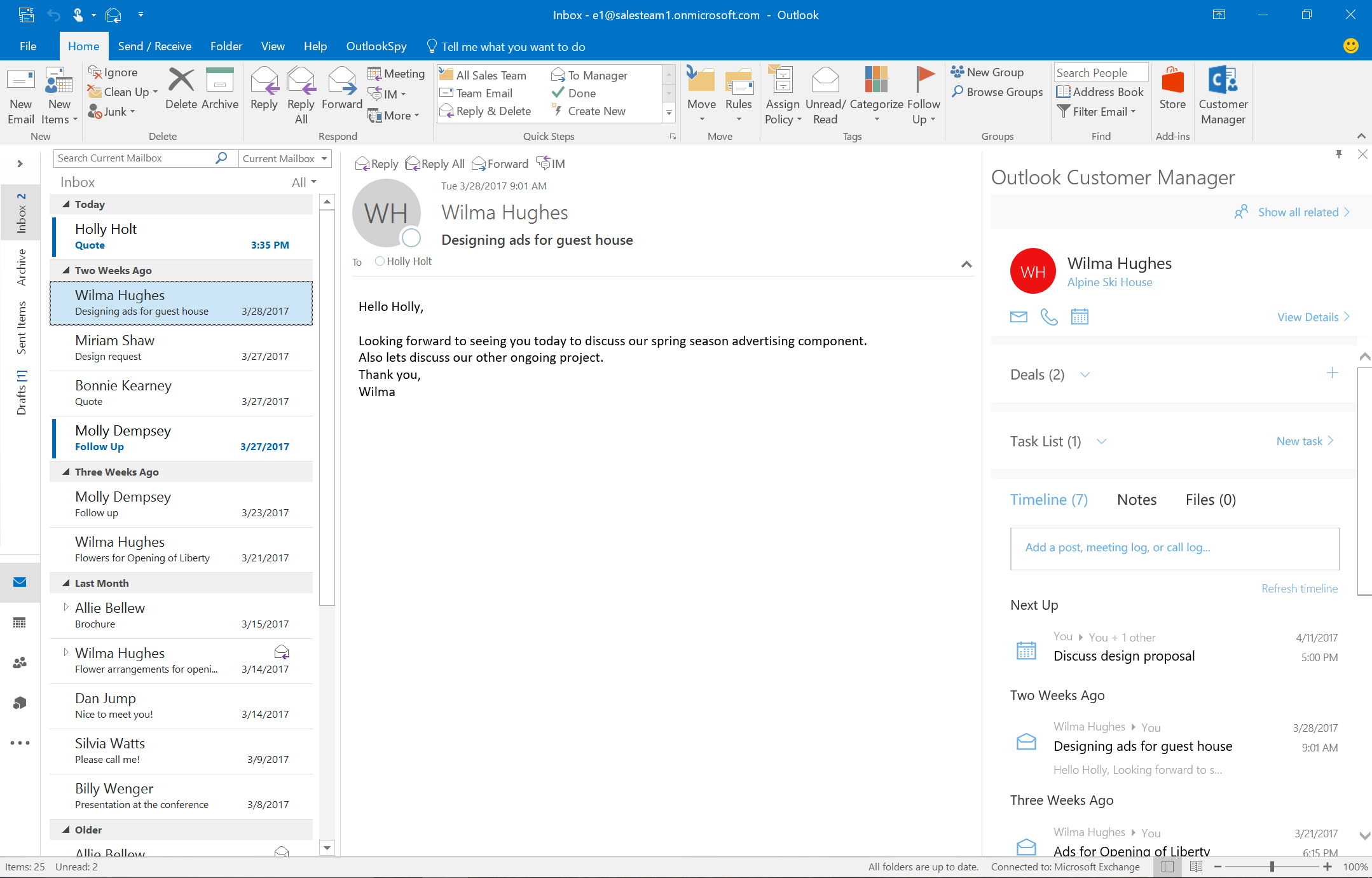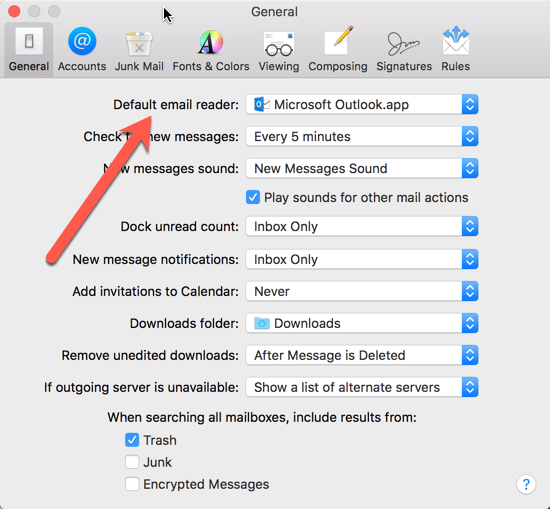Setting Up The Edge System In Outlook For Mac
Outlook for Mac 2011 You spend lots of time in Outlook. So, you want to set it up to support the way that you work. For example, to create more space to see your mail and calendar items, you can hide some elements.
Within each view, you can also move, add, remove, or resize columns so that information is presented in the way that you want to see it. This illustration shows the main elements of the Outlook window.
Ribbon Sidebar View switcher Item list Reading pane Customize the ribbon Minimize or expand the ribbon You can minimize the ribbon so that only tabs appear. On the right side of the ribbon, click. Tip: You can also minimize the ribbon by clicking the active tab. Customize the sidebar Hide the sidebar. On the View menu, choose Sidebar. Turn off the unified inbox By default, the Outlook folder list groups similar folders, such as inboxes, from all your mail and Microsoft Exchange accounts.
This feature can make it easier to read all your messages at one time, without having to move around between mail folders. If you want, you can turn off this feature so that each account and all its folders are separated in the folder list. On the Outlook menu, choose Preferences.
Setting Up The Edge System In Outlook For Mac 2016
Under Personal Settings, select General. Under Sidebar, clear the Show all account folders check box. Customize the item list In the main Outlook window, the item list is the list of messages, contacts, tasks, or notes. By default, the item list is displayed vertically between the navigation pane and the reading pane.

Note: The item list is not available for Calendar view. Change the text size for the item list. On the Outlook menu, choose Preferences. Under Personal Settings, choose Fonts. Under Text display size, slide the selector to the desired font size. Change the sort order in the item list. On the Organize tab, select Arrange By, and then choose an option.
Choose columns for the item list If the reading pane is hidden or positioned below the item list, you can choose the columns you want for the item list. The available columns vary, depending on the type of items in the list. On the Organize tab, click Reading Pane, and then make sure that Below or Hidden is selected. On the View menu, select to Columns, and then choose a column name. Columns in the current view are identified with a check mark. Tips:. In the item list, you can click on a column heading to sort by that column.
To rearrange the columns, click a column heading, and then drag it to a new position. To resize a column, rest the pointer on the right edge of the column header until the pointer changes, and then drag the edge.
Customize the reading pane The reading pane, sometimes called the preview pane, lets you read items without opening them. You can customize the reading pane according to your preferences. Reposition or hide the reading pane The reading pane can be positioned on the right of the Outlook window, below the item list, or hidden.
On the Organize tab, click Reading Pane, and then choose an option.
Related stories. to its free Web e-mail service, Outlook.com. Using IMAP is preferable to POP, because it offers a way to keep your e-mail synchronized when using third-party clients. You can use Outlook.com with Apple's Mail app on OS X, but its new account wizard is preconfigured to use POP whenever you enter 'outlook.com' as your e-mail address. Here's how to set up Mail to use IMAP for Outlook.com instead of POP, so you can take advantage of the new IMAP support. Step 1: If you're using two-step verification with your Microsoft account, you need to go to and create an app password to use. If you're not using two-step verification, move on to Step 2.
Step 2: Launch the Mail app in OS X and start the add account wizard by going to File Add Account. If you've never used Mail and you're opening it for the first time, the add account wizard will appear automatically. Step 3: In the address field, enter a bogus e-mail address and leave the password field blank, then click Continue. Screenshot by Ed Rhee/CNET Step 4: For incoming mail server settings, make sure that the account type is set to IMAP, then enter 'imap-mail.outlook.com' as your incoming mail server. Enter your real Outlook.com e-mail address and password in the username and password fields. Remember to use your app password here if you're using two-step verification. Click Continue to move on to the outgoing mail server settings.
Screenshot by Ed Rhee/CNET Step 5: Under outgoing mail server, enter 'smtp-mail.outlook.com.' Check the box to use authentication, then click Continue. Screenshot by Ed Rhee/CNET Step 6: At the account summary page, double-check the mail server settings to make sure that everything has been entered correctly. You'll notice that your e-mail address shows up as the bogus address you entered in Step 2. We'll go back and fix this after the account's been created.

Make sure to uncheck the box next to 'Take account online,' then click Create. Screenshot by Ed Rhee/CNET Step 7: When the Accounts window appears, select the account you just created from the left pane. When your account information appears, replace the bogus e-mail address with your real Outlook.com e-mail address.

Setting Up Outlook On Macbook
When you're all done, close the Accounts window and make sure to save your changes. Screenshot by Ed Rhee/CNET.